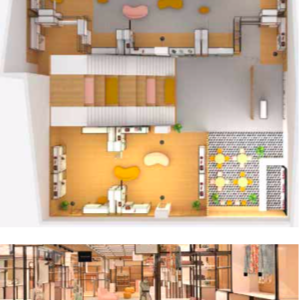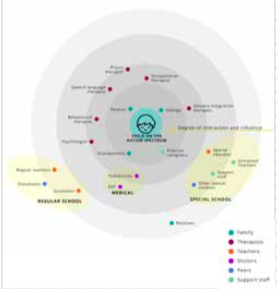Disruptive Innovation: Change the Change
“There is nothing more difficult to take in hand, more perilous to conduct, or more uncertain in its success than to take the lead in the introduction of a new order of things.” — Niccolo Machiavelli
How have you seen people react to change? A typical reaction is a resistance. It is against the human nature to react favourably to any intrusive change in the current process. However, continuous improvement leads to continuous change and any change gets people out of their comfort zone. So how can we make this transition smooth? The process of disruptive innovation needs the right ingredients at the right time.
Now, what exactly is disruptive innovation? The term disruptive innovation was first coined by Harvard professor Clayton M. Christensen in his research on the disk-drive industry and was later popularised in his book The Innovator’s Dilemma. He describes it as a process by which a product, initially used in simple applications in a market, eventually displaces the products of well-established competitors to become the main choice of the user. According to Christensen’s theory, the established businesses focus on satisfying the needs of their biggest customers and eventually, end up delivering products that do not satisfy the requirements of smaller customers, creating an opportunity for newer companies to gain the market share.
Here are a few quick tips to become successful disruptors-
➔ Observe people in their environment and try to understand why and how they are doing the task at hand. Think of possible ways to do it in a better and simpler way.
➔ To overcome the discomfort involved in the process of disruption, changes have to be seen as opportunities for learning, not only for the innovators but also for the user in mind. People embrace changes if they make them feel more effective at a given task and this can be brought about with their active participation.
➔ Think about where to introduce the change, at the bottom of the market or in a new market altogether. This is a very crucial part of the process that is often overlooked.
➔ Continuous improvement needs to bridge the gap between current delivery and future requirements with a greater focus on customer satisfaction at reduced cost with failure and iterative learning as an active part of the process.
➔ While pushing into a new territory that sounds challenging, ideas should progress through stages, from small tests in the real world to implementation at a local level to a roll-out at a global scale.
➔ Finally, never stop asking questions!
All of this may sound daunting initially, but these pointers will contribute in reducing the uncertainty of change. With the upcoming changes being amplified by technology, things will change even more rapidly. This disruption won’t wait for the greater majority to think it is time for a change.
Happy disrupting!










